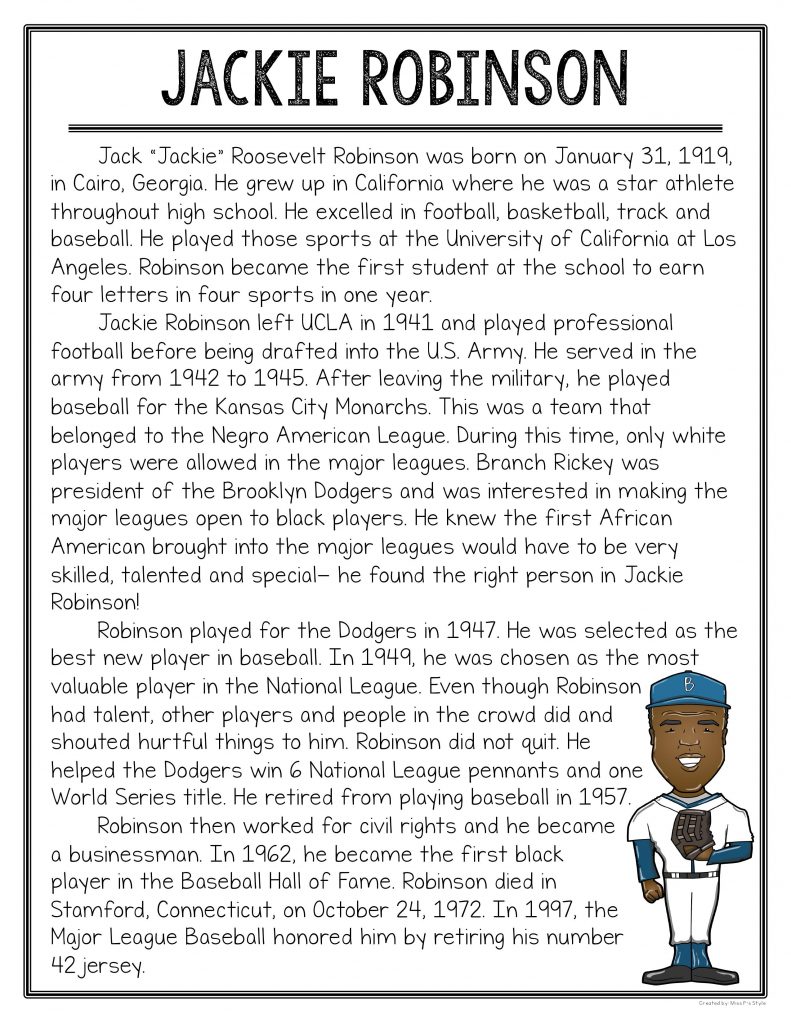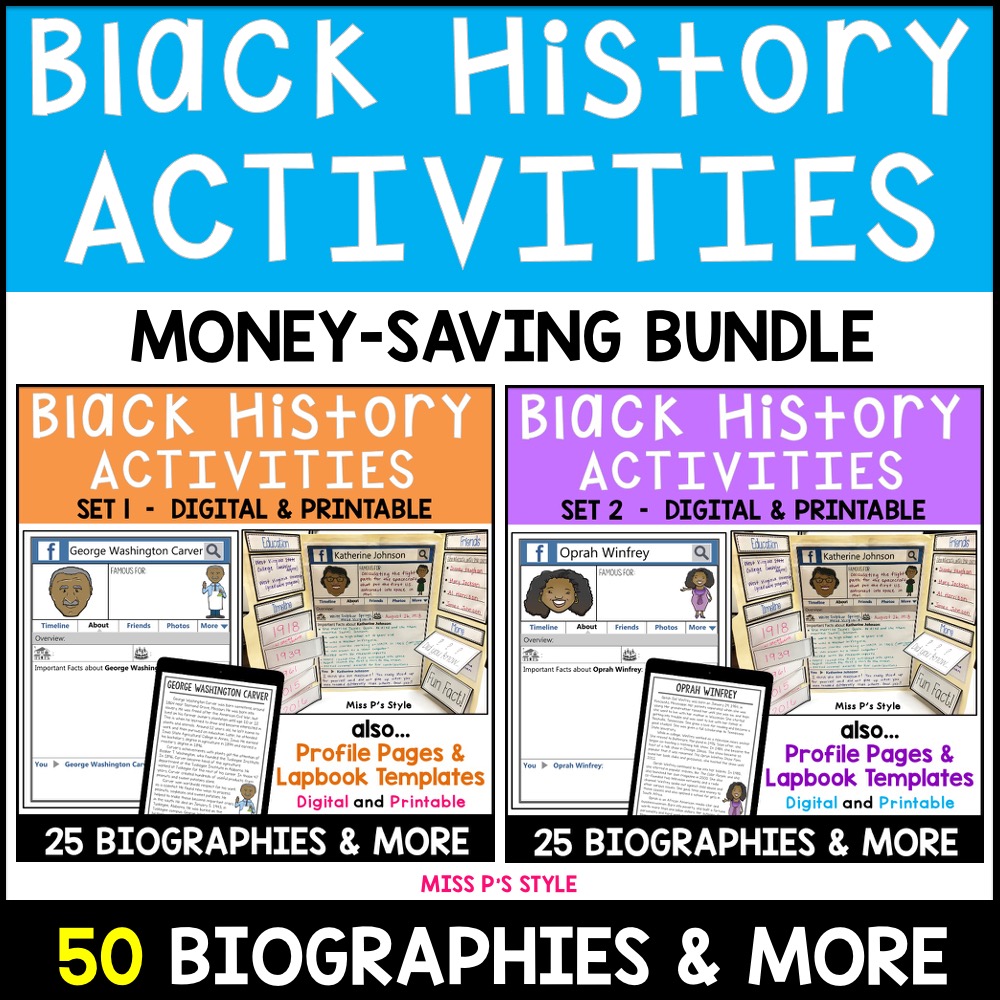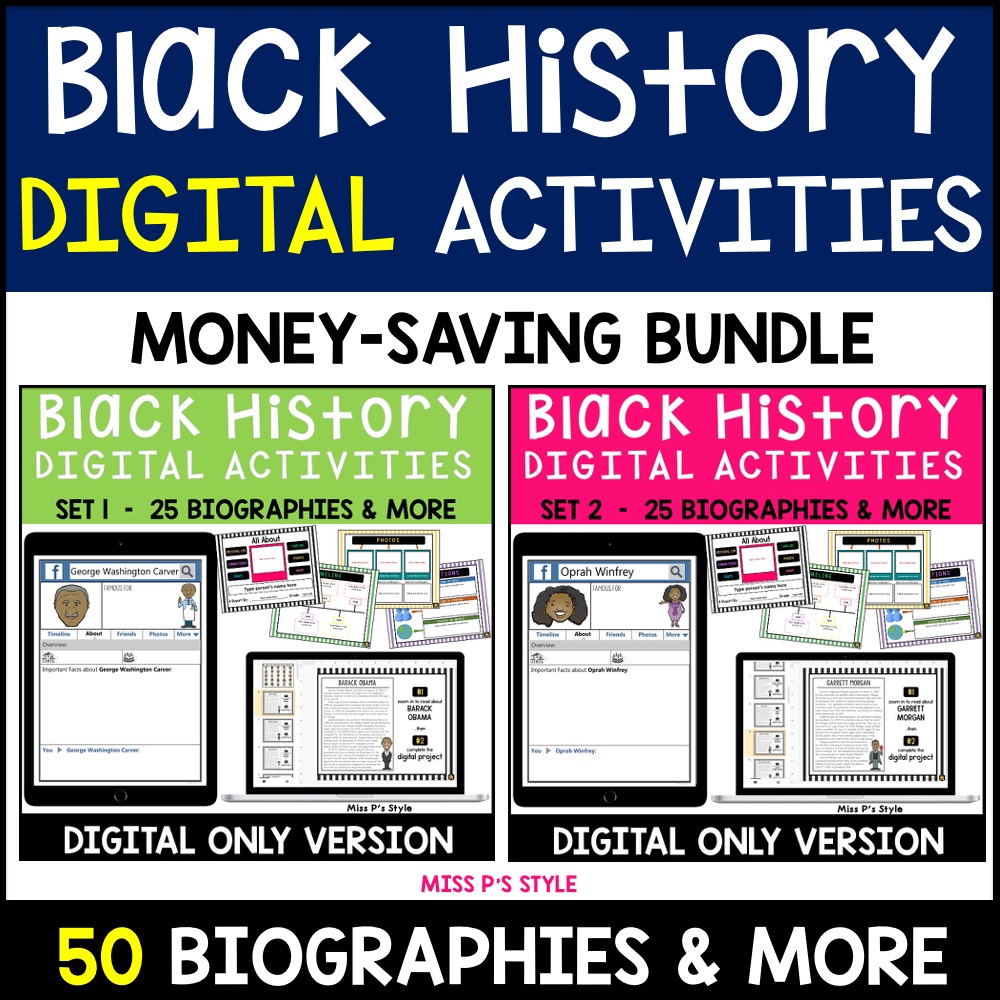
Teaching Black History in the Classroom

Teaching Black History is an integral part of every child’s education. As a teacher, you should know that Black History is American History and should be taught all year across the curriculum. It should not just be introduced during Black History Month in February. Luckily, we do have February to discuss Black History heavily. This month should be used to explore and learn about various Black History topics. Many gaps are left out of the curriculum and even textbooks that teachers need to be aware of. They should help fill in these gaps for their students. This post will explore tips to support your students and how to discuss Black History in the classroom.
Tips for Teaching Black History
Before you begin teaching a topic about Black History, you should start by explaining to students why you will teach it to them. Like any other subject, students will learn better if they know why they are learning it. We explain to students why learning to read, write, and count are important, so we need to explain why learning about History and specifically Black History, is important.
Explain to your students that we are learning how to make our future better by learning about the past. Yes, these horrible and unimaginable things happened, and some still are, but we will not remember never to do it again if we do not learn about it. History has a way of repeating itself, so by exposing your students to historical facts, they will learn right from wrong and know how to make the world a better place. Your students are the ones who will change the world.
Follow these tips to help ease your worries about teaching Black History in your classroom.
Tip 1 – Teach Resilience
It is imperative to teach children about the resilience of Black people. Many African Americans who contributed to society had a rough start in life and had to overcome many obstacles. Do not be afraid to teach this to your students. Additionally, you should not be afraid to discuss more current people who did not have as much opposition. Their lives are equally important and should be discussed, as well. What happened in their lives is important, and it should be explained and discussed. It is crucial to explore the resilience that many Black people had to use to prevail. Teach students about Black people who had to overcome hardships or unfair treatment and show resilience. An example of this could be teaching pupils about the Hidden figures Katherine Johnson, Dorothy Vaughan, and Mary Jackson.


Tip 2 - Explore Contributions
Teachers should enable students the opportunity to explore the many contributions of African Americas in History. Many students will already know about people like Rosa Parks and Martin Luther King, Jr. It is important to teach children about these African Americans who helped change the laws and make equal rights for Black people. However, there are so many more African Americans who have helped shape our history in the US and worldwide.
Teaching children about their contributions is powerful. This could include famous Black athletes, artists, scientists, inventors and much more! Most of these influential figures are not in textbooks or curriculum standards, so our job as a teacher is to expose children to these people and their contributions. Sadly, many students will never learn about these people otherwise. Do not put a limit on what children should learn. Below you will read about ways to implement this into your classroom.
Tip 3 - Encourage Inquiry
Allow students ample time to inquire and question the things they have learned. Let students ask you questions about the traumatic life or intense challenges an individual had to overcome. Also, help students understand that not every Black American has these hardships, but that challenges are still present. Discuss what specific individuals had to overcome to be successful. When talking about segregation laws, talk about the incredible contributions that African Americans made after the era of segregation. Through discussion, students should learn how to treat people fairly and equally.
Having open and frank discussions will allow students to be influenced positively, take action, and change the world for the better. Students need to be exposed to this part of History. As a final note, do not worry if you do not know the answer to a child’s question. Just by discussing events and allowing this inquiry, you are positively shaping their minds. We are all learning together.
Thank you, teachers, for all your hard work and determination to provide your students with the best education possible. You are inspiring and encouraging children every day. Remember to continue teaching diversity far beyond February. Black History should be taught all year round. Never hesitate to reach out for more information regarding Black History and how to teach it in your classroom.
You may be interested in...
Looking for 5 activities to get Black history up and running in your classroom? Check out this post!
Share it:
- Read more about: Seasonal Activities, Teacher Tips
You might also like...

Hey, I'm Megan!
I am a literacy specialist and curriculum designer who loves sharing tips and ideas to help students thrive in literacy! It brings me joy to await those a-ha moments and to see light bulbs turn on!
I have a huge passion for reading and writing and love to co-mingle the two any chance I get! You can expect to learn new strategies and ways to keep your students engaged during your literacy block! I am so glad you’re here!






